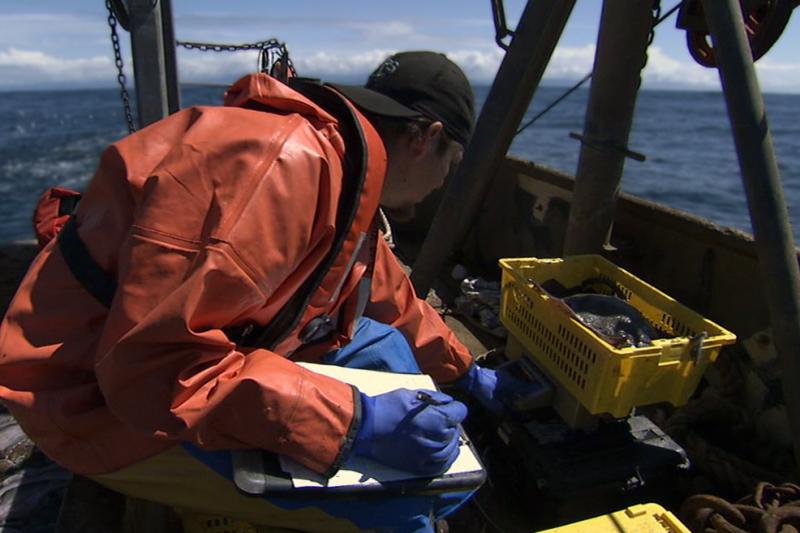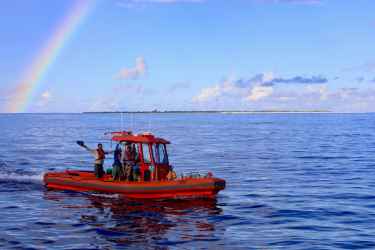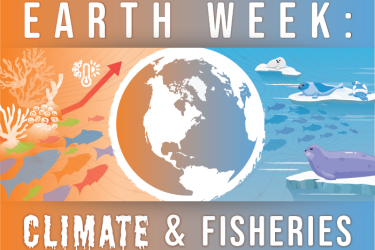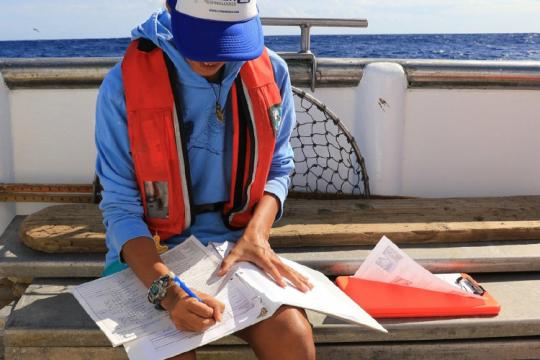Providing seafood to the country remains an essential function even in these extraordinary times. Adequately monitoring United States fisheries remains an essential part of that process. However, in recognition of numerous travel or social distancing restrictions or guidance, NOAA Fisheries recently issued an emergency action to provide the authority to waive observer coverage, some training, and other program requirements while meeting conservation needs and providing an ongoing supply of fish to markets. Under this emergency action, NOAA Fisheries regional administrators, office directors, or science center directors have the ability to waive observer requirements in three specific circumstances, after consulting with observer providers.
Over the past several weeks, NOAA Fisheries has continued to monitor and evaluate this situation. Throughout the country, we have actively worked with the observer service providers to understand their local restrictions and implement adjustments to the logistics of deploying observers, ensuring qualified observers or at-sea monitors are available as soon as safely possible. In several regions, providers’ social control guidance has been in place and we now anticipate having sufficient observers/catch monitors to achieve the appropriate level of observer coverage in most fleets and return these employees back to work. Individual waivers for trips and vessels in lower priority fleets may be issued on a case-by-case basis to ensure qualified observers/catch monitors are available for higher priority fleets (i.e., fleets with 100 percent coverage requirements or bycatch of Endangered Species Act-listed species).
Chris Oliver
NOAA Fisheries Assistant Administrator
Regional Snapshot of Current Observer Waivers
- Alaska Region – Observer coverage continues for vessels in the Full Coverage Category of regional fisheries. The region extended the existing observer waiver for vessels in the Partial Coverage Category of the North Pacific groundfish and Pacific Halibut fisheries operating from ports other than Kodiak, Alaska. This exemption does not exempt vessels using electronic monitoring, or the requirement that vessels continue to log trips in Observer Declare and Deploy System (ODDS). This limited waiver extension is in effect through June 14, 2020.
- West Coast Region – Beginning at 12:00 a.m. on May 1, 2020, fishery observer and catch monitor coverage was again required per existing regulations for all commercial fishing vessels and first receivers in required West Coast fisheries. Waivers of partial, scientific observer coverage are being issued, including for the portion of the fleet using electronic monitoring. Waivers of observer coverage will continue as needed on a vessel-by-vessel basis, with the region ready to provide waivers for large purse seine vessels if a vessel is unable to get an Inter-American Tropical Tuna Commission (IATTC)-approved observer for tuna fisheries in the eastern Pacific Ocean.
- Pacific Island Region – Observer coverage continues in all required fisheries. Waivers of observer coverage will continue as needed on a vessel-by-vessel basis. International observer requirements for tuna purse seine vessels have been waived by the Western and Central Pacific Fisheries Commission until July 31, 2020. Observer coverage has resumed in some required fisheries.
- Southeast Region - Beginning at 12:00 a.m. on May 5, 2020, observer coverage was again required per existing regulations for the following fisheries: South Atlantic Penaeid Shrimp, South Atlantic Rock Shrimp, South Atlantic Snapper-Grouper, Southeast Gillnet, Gulf of Mexico Commercial Reef Fish, Gulf of Mexico Shrimp, Atlantic Highly Migratory Species (HMS) Pelagic Longline, Shark Bottom Longline (Atlantic HMS), Shark Gillnet (Atlantic HMS). Waivers of observer coverage will continue as needed on a vessel-by-vessel basis.
- Greater Atlantic Region – The region has extended the existing observer waiver exempting all vessels issued Greater Atlantic Region permits from the requirements to carry an observer or at-sea monitor. This waiver is in effect through June 30. Observer coverage to resume July 1, 2020.







